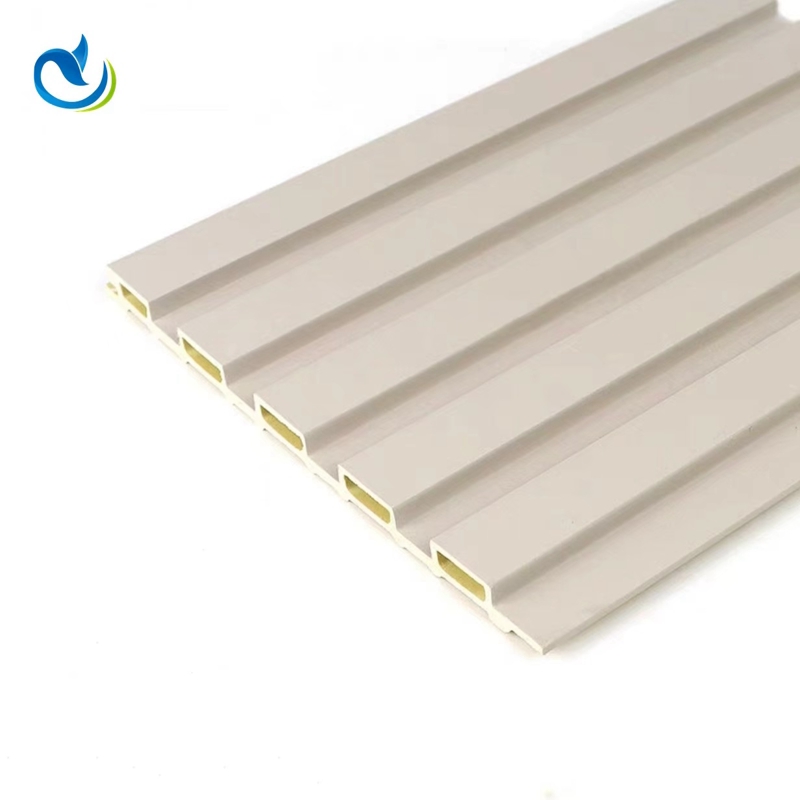Compare the Differences Between Wood-Plastic Boards and PS Boards
2025-10-29
In today's era of pursuing sustainable development. Material selection has become a key decision in the fields of architectural decoration and industrial manufacturing. Wood-plastic composites and polystyrene boards are two highly regarded types of panels. It is demonstrating completely different performance in various application scenarios.


Wood-plastic board, as an environmentally friendly composite material. Its core advantage lies in its ecological friendliness. Prepared by compounding wood fibers with polymer plastics. The recycling of resources has been achieved. Formaldehyde emission meets the E0 standard. And the product can be completely recycled and reused after its lifespan ends. In terms of physical properties, wood-plastic boards exhibit excellent waterproof and moisture-resistant characteristics. The water absorption rate is less than 1%, and it also has B1-level fire resistance performance. The self-extinguishing property of the flame ensures safe use.
In contrast, PS boards stand out in terms of lightweighting. The density usually ranges between 0.6-1.0 g/cm³, with good thermal insulation properties. The thermal conductivity is approximately 0.04W/(m·K).However, PS boards have obvious shortcomings in environmental performance. Its main raw material is petroleum extract. Non-biodegradable, with a low recycling rate.
From the perspective of practical application, the two materials show a distinct competitive trend of differentiation. Wood-plastic boards perform exceptionally well in outdoor landscaping and indoor decoration. In municipal engineering, the plank roads and guardrails made of wood-plastic boards can withstand the test of long-term exposure to sun and rain. In commercial spaces, its rich surface treatment effects can perfectly simulate the texture of natural wood. At the same time, it overcomes the defect that solid wood materials are prone to deformation in a humid environment. Especially in places with high environmental requirements such as hotels and office spaces. The zero-formaldehyde feature of wood-plastic boards makes them the preferred material.
PS boards are favored for their excellent moldability and cost advantages. It holds a dominant position in the fields of packaging cushioning materials and temporary display props. Scenarios such as shockproof packaging for electronic products and insulated boxes for fresh food cold chains, which require high levels of lightweight and thermal insulation. These are all traditional areas of strength for PS boards. In addition, in short-term exhibitions, the ease of cutting and shaping PS boards makes them an ideal choice for building temporary exhibition walls and booths.
For long-term outdoor facilities and high-end interior decoration projects. Choosing Arris wood-plastic board is a very good choice. Its full life cycle cost advantage is obvious. Although its initial investment may be higher than that of PS panels, its lifespan of more than ten years and extremely low maintenance costs make its overall economic benefits more prominent.



